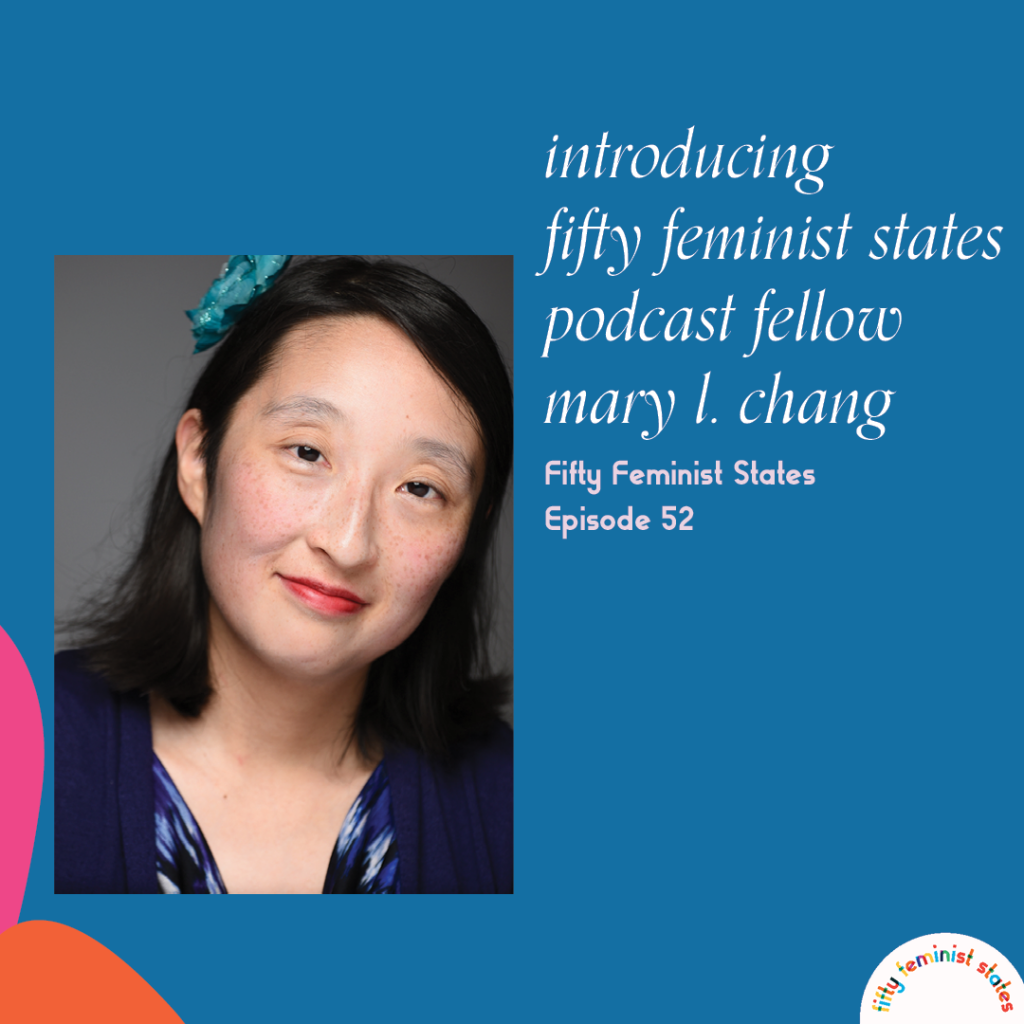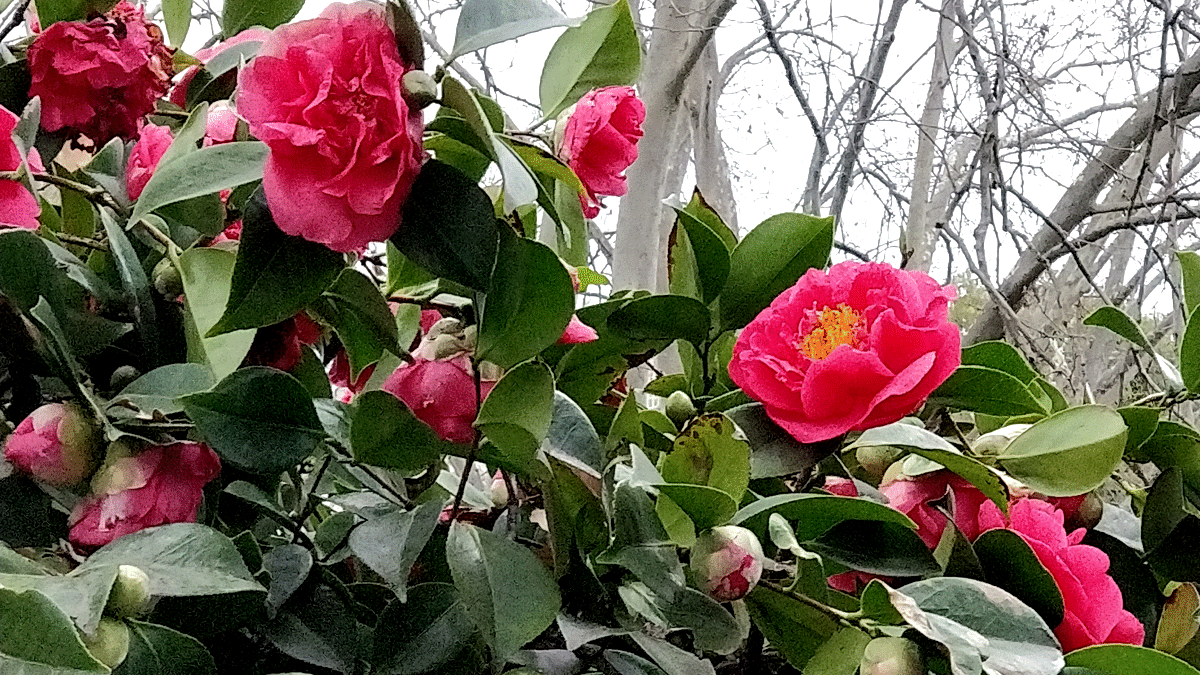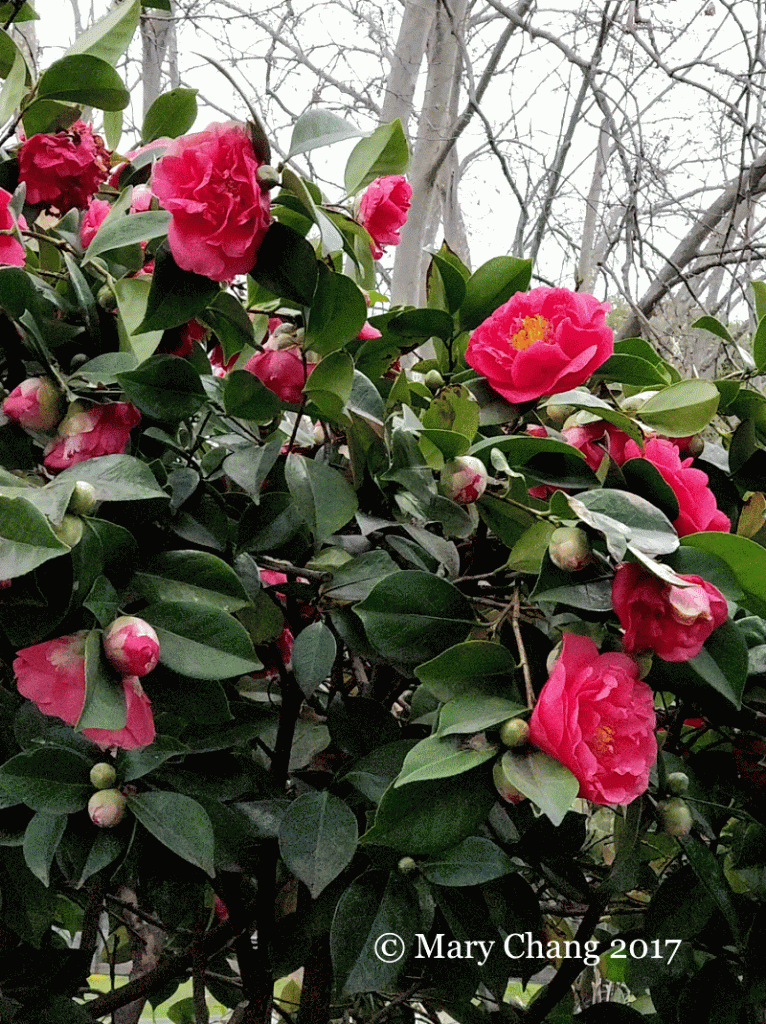An interview introducing…me!
If I’m honest, I’ve wanted to be interviewed for some time. I’m proud of what I’ve done in music writing, so I thought there’d come a day where someone – anyone! – would want to interview me. It never happened.
I have researched and have dived into the back stories of countless artists and their music. Armed with loads of information, I always desired to come up with questions intended to make my interviewees think and maybe throw them off a little.
I never did this to be mean. There’s a method to this madness. I wanted to get answers to different questions. I wanted my interviews to be unique from everyone else’s. People who get interviewed a whole lot get bored with the same questions in every single interview, so I wanted to keep the person on the other side of the mike on their toes. I like to think that the person being interviewed feels that much more special for getting more than the standard set of questions, which is all too common in the music world that I worked in. And it wasn’t just in music that I applied this method to. Here’s an example of an interview I did with an editor colleague in my science day job some time ago.
After years of interviewing bands and musicians, the tables had finally turned. It was my turn to be interviewed, and as part of Amelia Hruby’s 2021 Fifty Feminist States Podcast Fellowship. I posted last month about an interviewing exercise we did in class one Saturday. You can read more about why I applied for the fellowship here, as well as listen to the result of that exercise, through here.
In the Fifty Feminist States episode that posted on Tuesday, Fifty Feminist States’ founder, host, and producer and our fellowship program leader Amelia Hruby interviewed me. Yes. Really! This podcast episode is intended to be a listener introduction to me and ahead of my own episode for Fifty Feminist States, which will follow this summer.

The photo at top is of me interviewing brothers Ben and Ross Duffy of Fenech-Soler the afternoon of their show at Glasslands club in Brooklyn, 5th of April 2014. It was taken by my friend Lizzie Fetterman.



